Hummingbirds & Native Plants
Few birds draw as much love and fascination as do the diminutive hummingbirds. There’s something innately magical in both their appearance and habit that profoundly captivates. Adding to the intrigue is that our experiences with them tend to be exceedingly fleeting. Normally, we get but a momentary glimpse of these mesmerizing birds before they disappear in a blink of an eye to a new patch of ground where they again tirelessly dart from flower to flower with lightning speed and precision. Why such the hurry? Hummingbirds are in a constant race against the clock to acquire enough nectar to sustain their ludicrously high metabolisms. It takes a great deal of energy to power wings that are flapped 50-80 times a second, on average. Hummingbirds must visit one to two thousand flowers a day.
Habitat fragmentation is posing challenges to hummingbirds when it comes to meeting their daily quotas. It is therefore imperative that homeowners, landowners, and anyone else with a little extra space do what they can to alleviate the increasing strain. While putting up feeders is a good start, it’s better yet to plant flowers that hummingbirds commonly visit. Aside from the latter option being decidedly more natural, native plants support protein-rich insects. Like nectar, insects are an important component of a hummingbird’s diet. Nectar provides much needed energy, but furnishes none of the protein necessary to forge muscles and the like.
While there are numerous species of hummingbirds across America, only the ruby-throated hummingbird ranges east of the Mississippi River. Lucky for us, this species also happens to be one of the most attractive. Males of the species, true to their name, boast a vibrant ruby to garnet colored gorget that covers most of their diminutive throats.
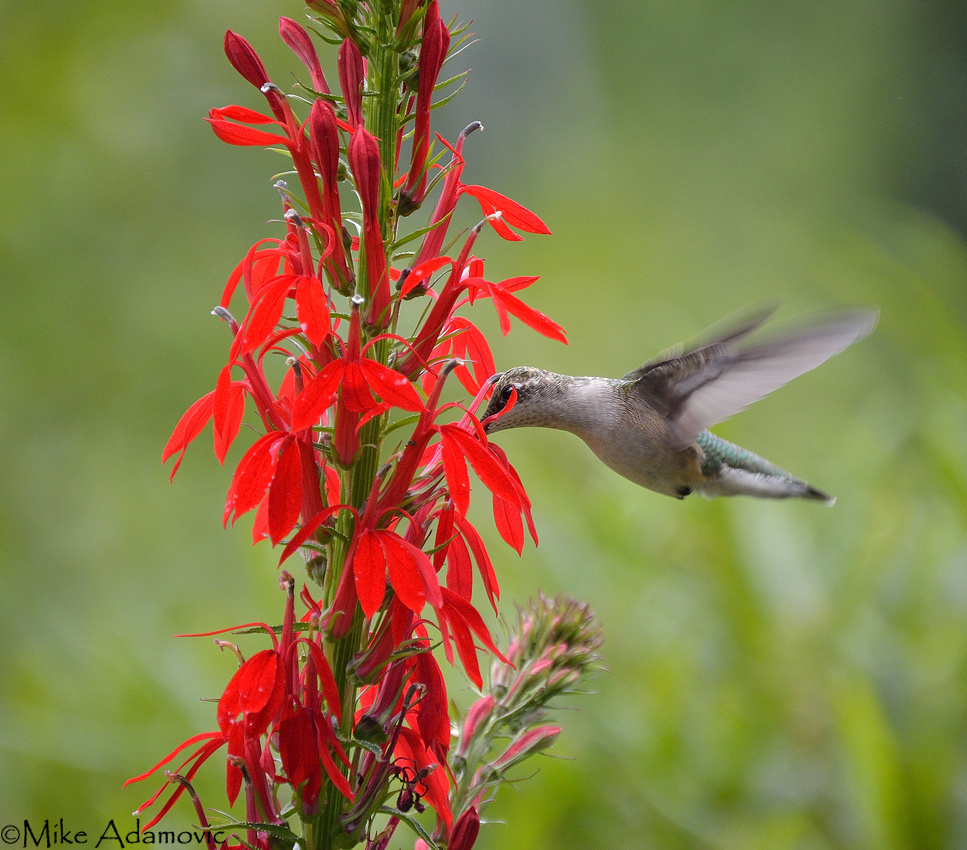
 Female ruby-throated hummingbird feeding on cardinal flower (Lobelia cardinalis)
Female ruby-throated hummingbird feeding on cardinal flower (Lobelia cardinalis)
Hummingbirds are most attracted to long, tubular flowers that have a red, pink, or orange coloration. Flowers don’t have to be particularly fragrant, as these birds are drawn to color rather than scent.
Many species sporting red flowers are especially adapted for pollination by hummingbirds—the sleek, slender beaks of these birds fit perfectly into many of the blossoms, allowing access to deep nectar reserves which few other creatures can obtain without cheating the system. In this case, both plant and animal have coevolved, thus a decline in one will invariably result in a reduction of the other.
Take red columbine (Aquilegia canadensis) for instance. Flowers of this species are like dangling bells—only hovering creatures with exceedingly long tongues stand a chance of obtaining the rich, yellow nectar at the end of inch-long spurs. This common and often prolific wildflower is one of the most important plants for ruby-throats as they migrate north in the spring. So important, in fact, that their ranges in the eastern U.S. closely overlap. These hummingbirds have a difficult time colonizing areas where columbine is absent, as acceptable food supplies during the early days of the year are often severely limited.
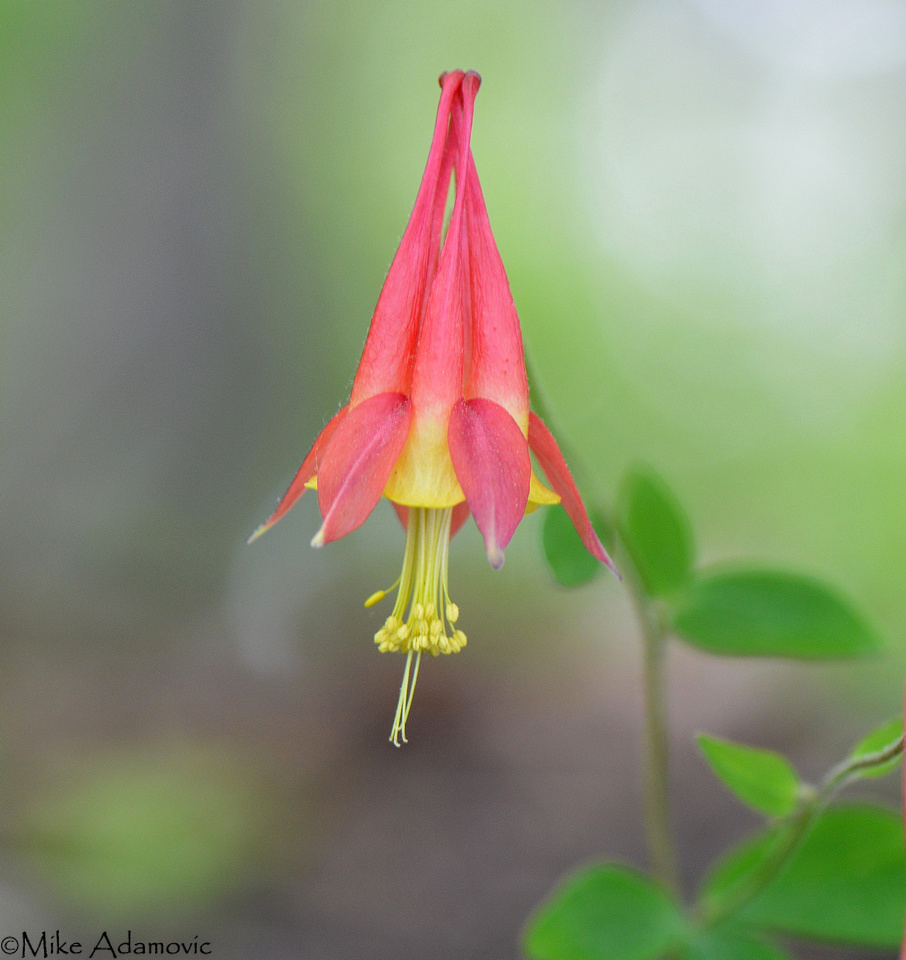
 Red columbine (Aquilegia canadensis)
Red columbine (Aquilegia canadensis)
In addition to planting flowers of the correct coloration and shape, it’s best to clump rather than widely space. Aggregations are more readily spotted and prevents the birds from having to furiously zig-zag across the garden, expending time and energy in the process. Moreover, keeping the hummingbirds in one place for a longer duration proves especially useful if you’re keen on watching them as they feed.
The ideal hummingbird garden is one that is in continuous bloom, providing nectar from May to September. Selecting species that will enable the garden to provide for birds over a wide temporal period is the best way to help ensure at least a bird or two will stay put in your area and not just pass through. If you provide most of their caloric needs, there’s often little reason for them to leave your floral oasis until they must migrate back south towards the end of summer.
Below, I’ve provided a list of species that support hummingbirds in the Northeast. It’s far from exhaustive but does highlight some of the most relished plants. I would caution against exclusively selecting hybrids and cultivars. In many cases, flowers of these provide less nectar than the straight species. When it comes to ‘Fan Scarlet,’ a hybrid of cardinal flower (Lobelia cardinalis) and great blue lobelia (Lobelia siphilitica) that resembles the former in appearance, there’s an 80% reduction in nectar than that found in natural populations of L. cardinalis. The cardinal flower cultivar ‘Fried Green Tomatoes’ also has nectar levels below that of the straight species. As you can see, one must be wary when choosing plants for anything other than just general appearance. To ensure nectar production remains relatively consistent, be sure to have at least a handful plants in the garden that are straight species, thereby creating high genetic diversity. While some plants will produce less, others will produce more, which means the population will have a stable average. Aside from doing meticulous research into the nectar production of each cultivar, this is the only sure way to guarantee that you’re adequately providing for our tiny avian friends.
Spring:
*Red columbine (Aquilegia canadensis)
Indian paintbrush (Castilleja coccinea)
Redbud (Cercis canadensis)
Tuliptree (Liriodendron tulipifera)
Fly honeysuckle (Lonicera canadensis)
Virginia bluebells (Mertensia virginica)
Moss phlox (Phlox subulata)
*Azaleas (Rhododendron spp.)
Early Summer/Mid-Summer:
*Trumpet creeper (Campsis radicans)
Fireweed (Epilobium angustifolium)
Lilies (Lilium spp.)
*Honeysuckles (Lonicera spp.)
*Oswego tea (Monarda didyma)
Wild bergamot (Monarda fistulosa)
Beardtongues (Penstemon spp.)
Rosebay rhododendron (Rhododendron maximum)
Late Summer/Early Autumn:
*Jewelweeds (Impatiens capensis & pallida)
New England blazing star (Liatris novae-angliae)
*Cardinal flower (Lobelia cardinalis)
*Those marked with an asterisk are especially favored.
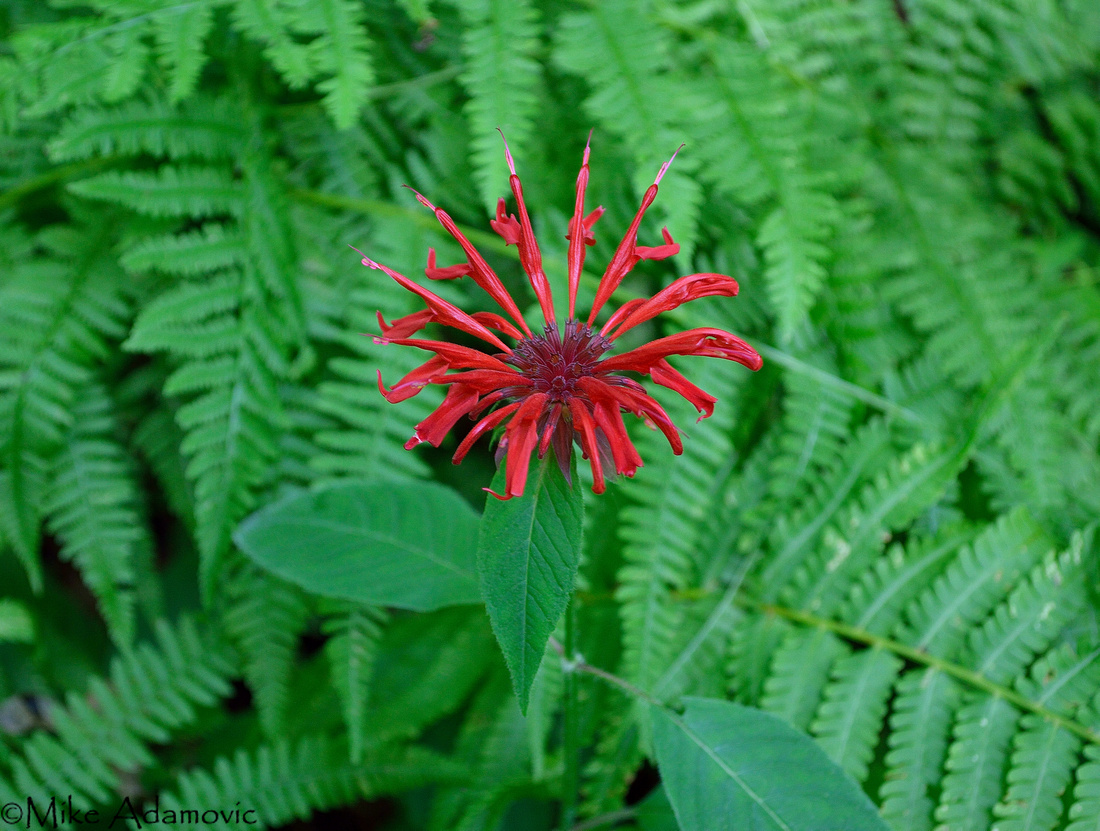
 Oswego tea (Monarda didyma)
Oswego tea (Monarda didyma)
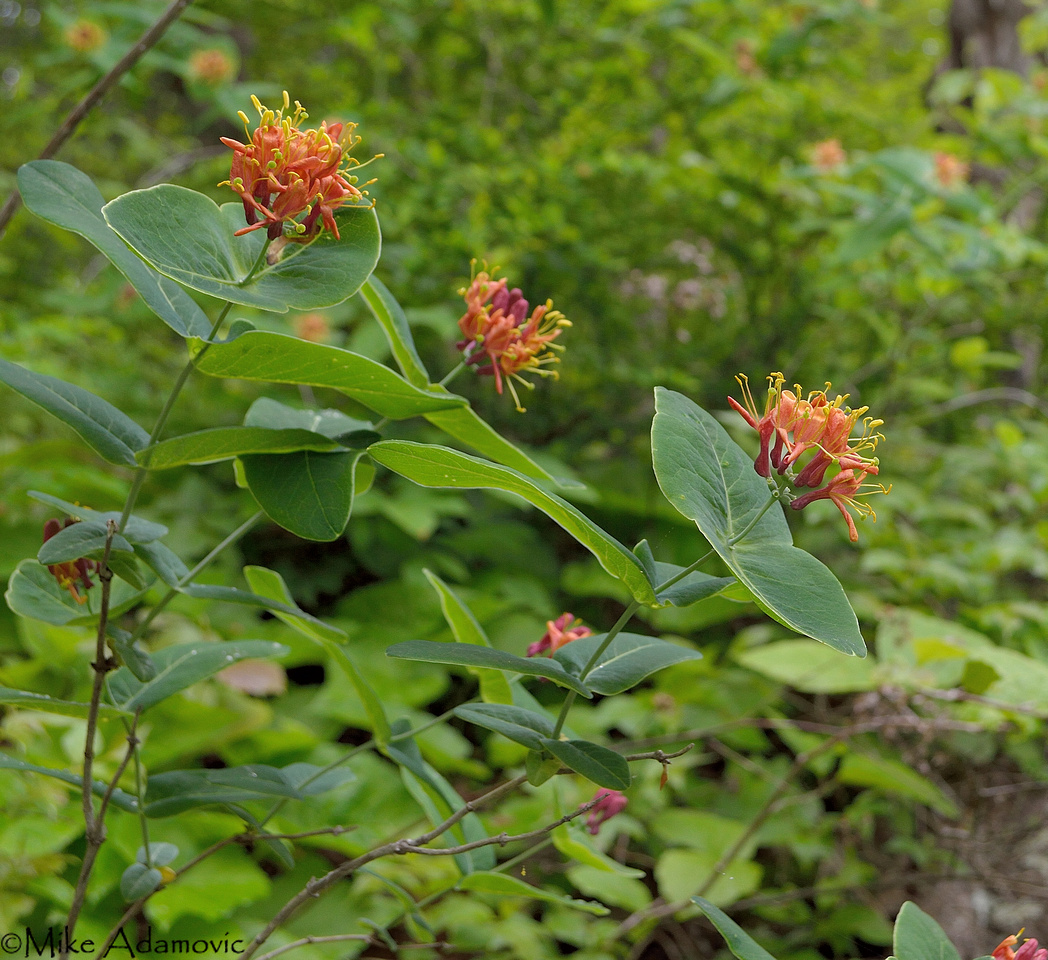
 Limber honeysuckle (Lonicera dioica)
Limber honeysuckle (Lonicera dioica)
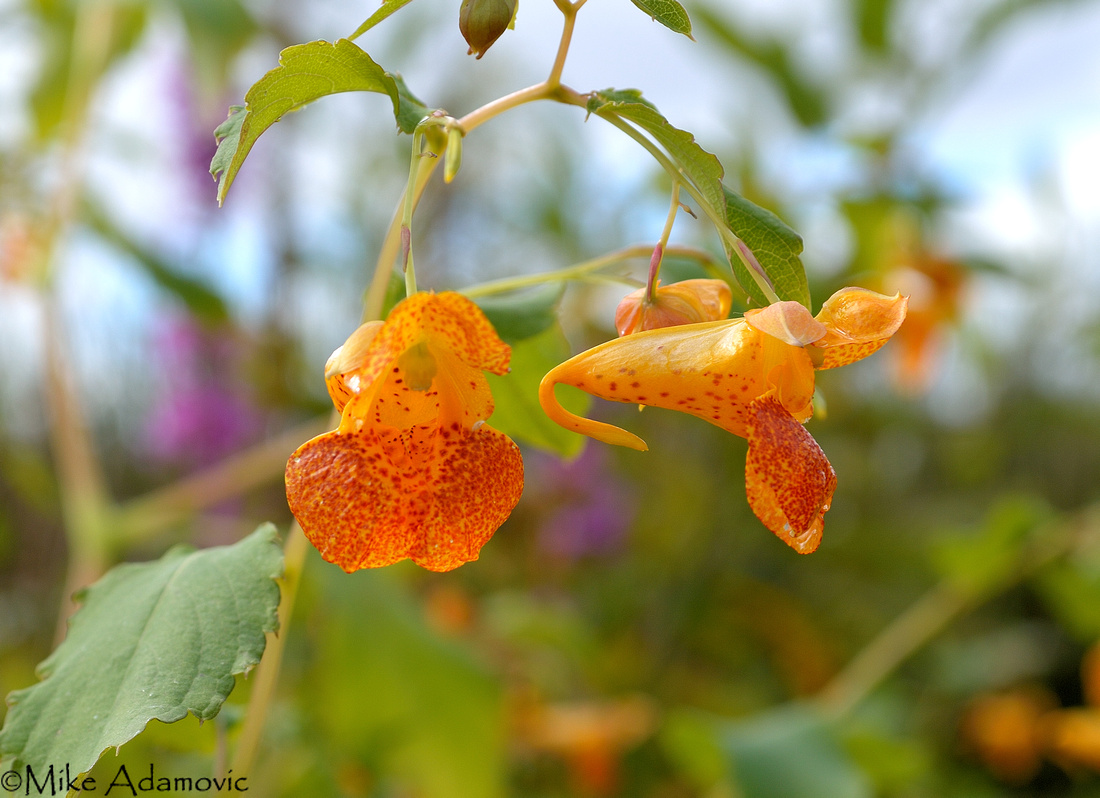
 Spotted jewelweed (Impatiens capensis)
Spotted jewelweed (Impatiens capensis)
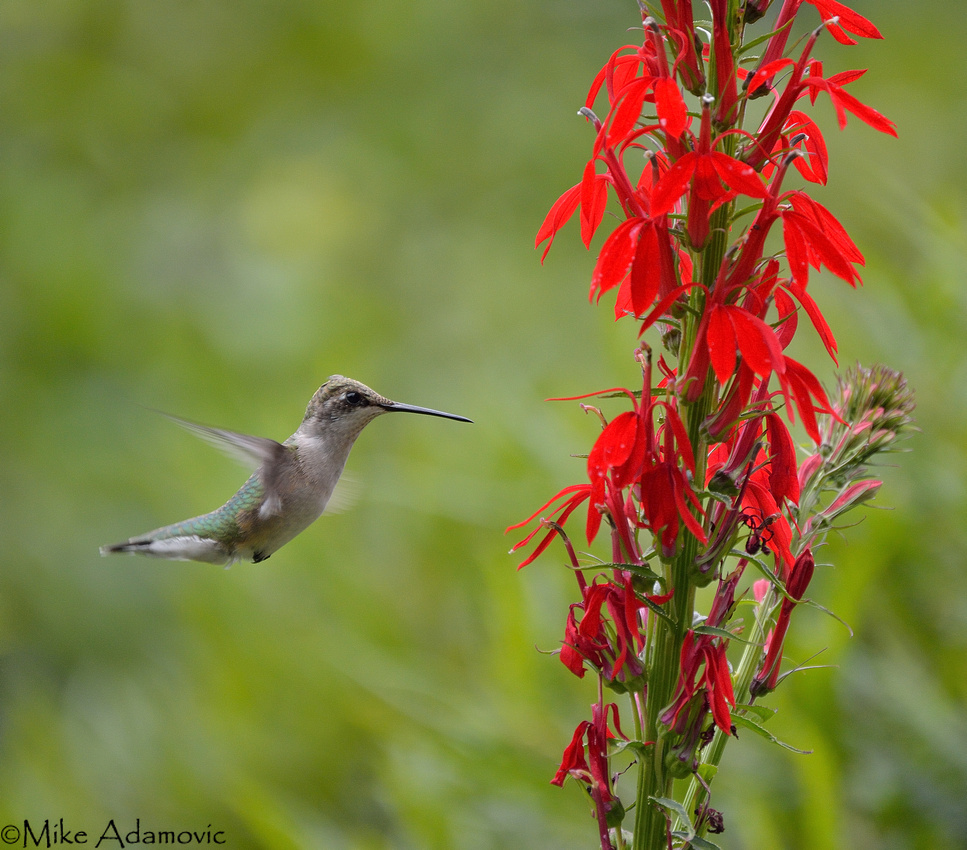

Comments
http://medium.com/@iamnavyasingh69/how-to-excite-a-girl-after-a-long-period-of-dating-b6d90b1bf097
http://datingissuescouple.hashnode.dev/top-5-dating-issues-of-trends-couple-advice
http://datingissuescouple.hashnode.dev/how-to-spark-up-romantic-life-as-healthy-couple
http://www.slideshare.net/slideshow/how-to-create-a-lasting-bond-in-a-relationship/271556516
http://ext-6578191.livejournal.com/306.html?newpost=1
http://wakelet.com/wake/EReEEhyDaWyhLfWVBBb3R
http://www.academia.edu/123571226/What_Makes_a_Relationship_Healthy_and_Fulfilling
http://community.arubainstanton.com/network/members/profile?UserKey=9b9fe83a-d9ea-428d-8c11-0191c0beb666
http://datingblogs.godaddysites.com/
http://66d960ef85a32.site123.me/
http://solidice.com/forums/16/topic/what-should-men-understand-about-modern-dating-for-a-healthy-relationship
http://participate.oidp.net/profiles/navyasingh69/timeline